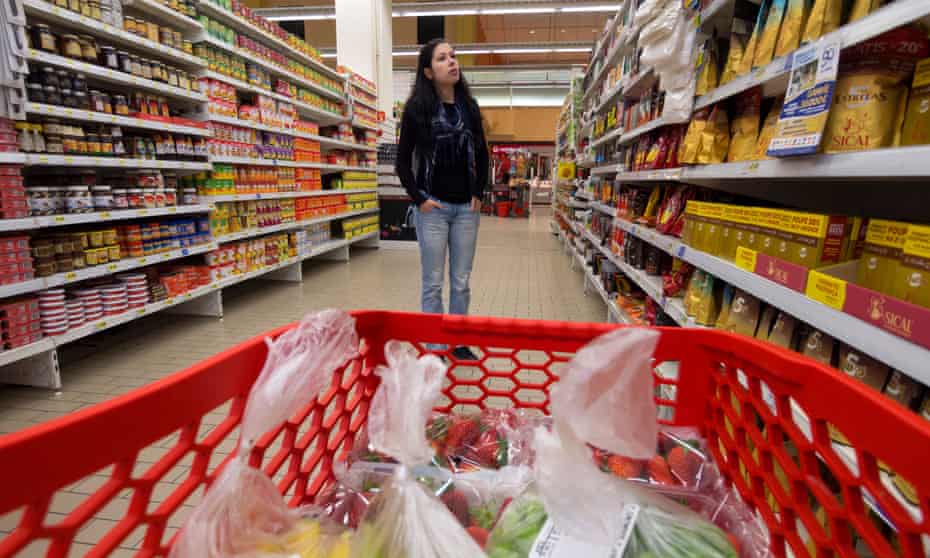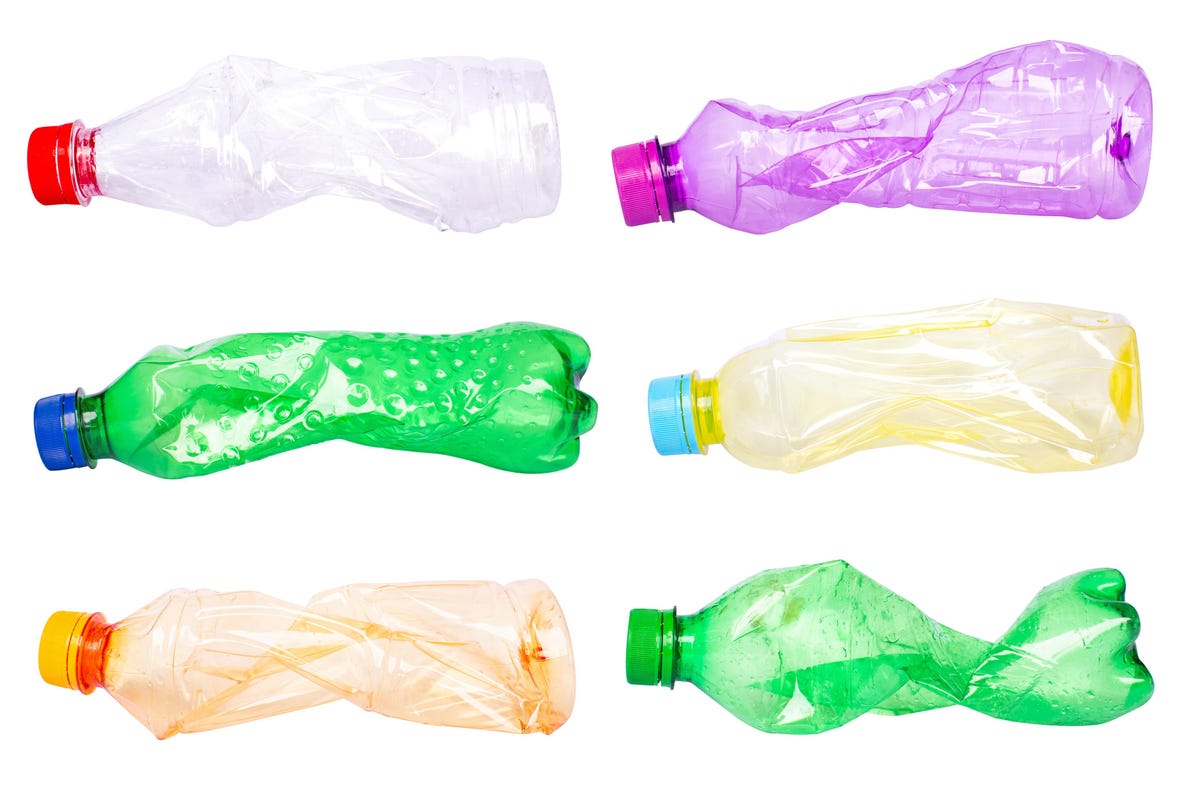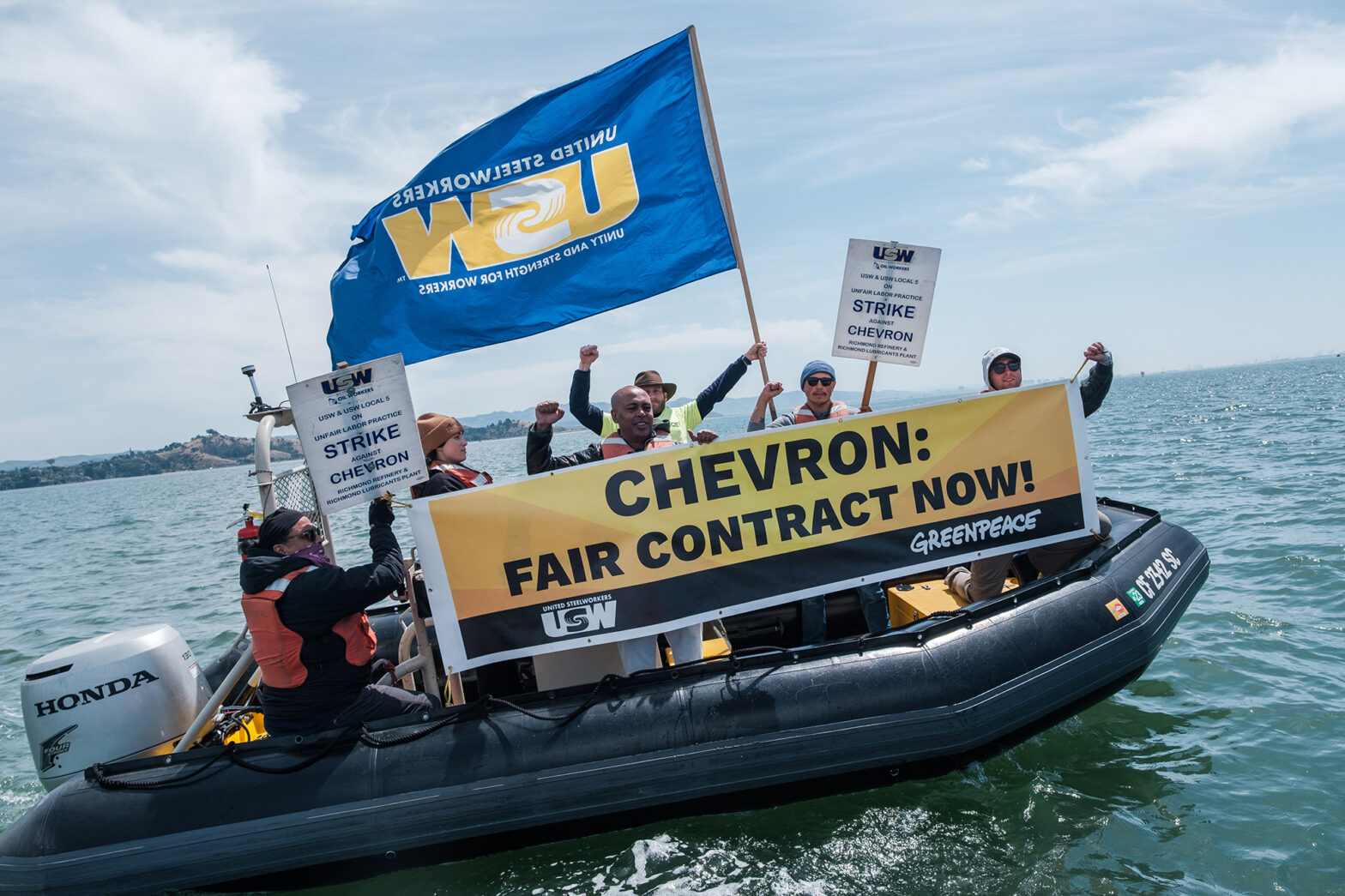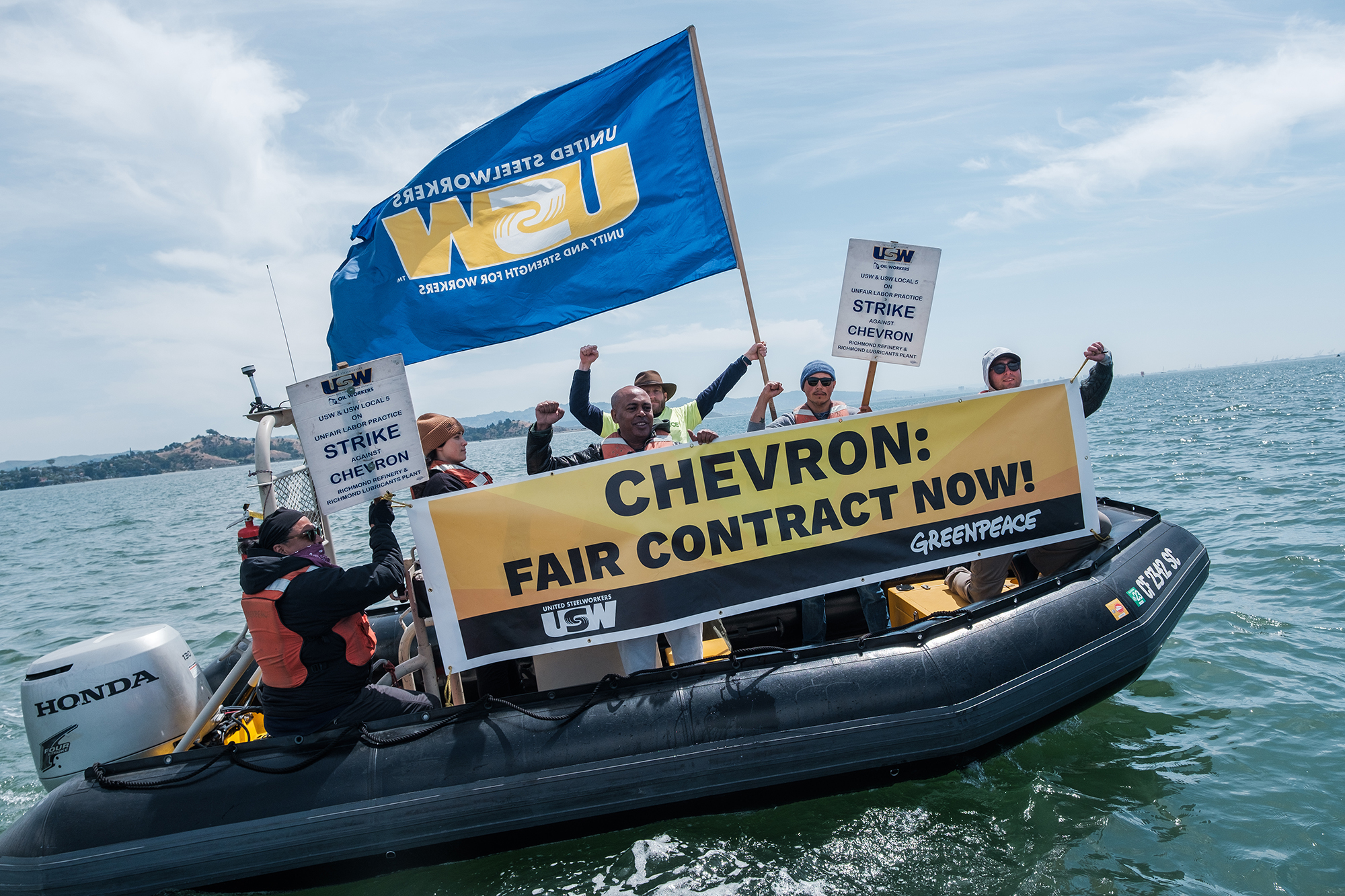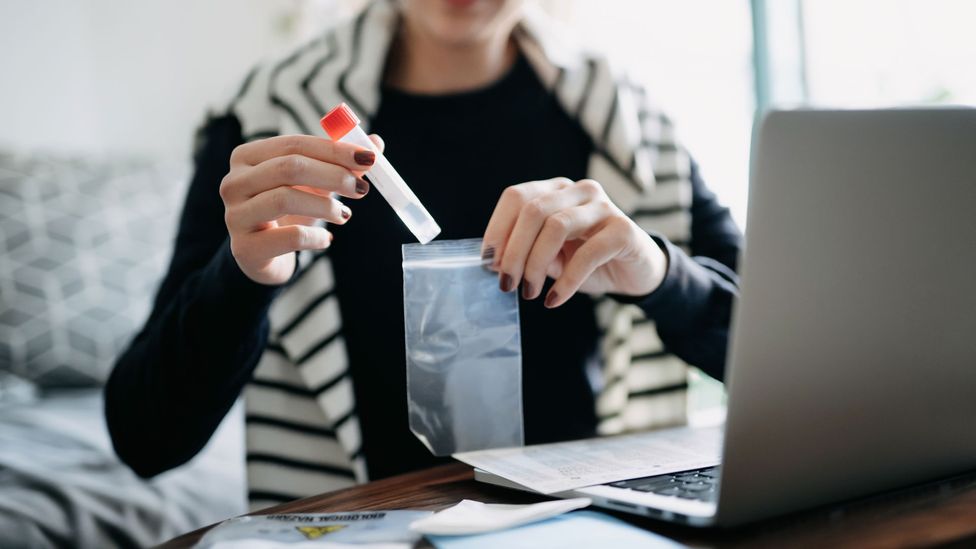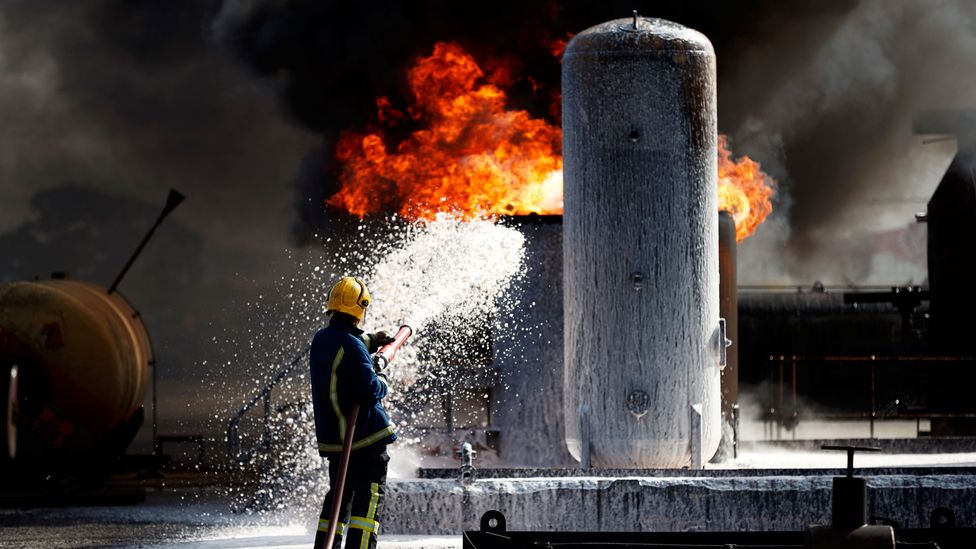Every day, hundreds of millions of single-use containers, cans, trays, and cutlery are thrown away around the world. While packaging is an essential component of the food sector and the only solution we have to facilitate food transportation, food packaging waste is also one of the most harmful aspects of this industry. We outline the advantages and disadvantages of the most popular materials used to wrap groceries and takeaway foods and explore innovative sustainable food packaging that could revolutionise the market and protect the environment.
—
Why Do We Use So Much Food Packaging?
In ancient history, humans used to consume food from where it was found. There were no grocery shops, takeaway and delivery services, and almost no imports and exports of food on a global scale. But things changed rapidly in the 20th century. Suddenly, countries began shipping produce from one end of the world to the other; supermarkets in the US started selling Southeast Asian tropical fruits; China depended on Brazil for its soybean supplies; and European countries were importing coffee from Africa. The emergence and subsequent surge in international shipping of food staples led to a revolution in the packaging sector.
Since food needed to travel long distances to keep up with global demand, it became crucial to find ways to ensure food remained fresh and undamaged at the time of consumption. Packaging turned out to be the best way to extend food shelf-life as it retarded product deterioration, retained the beneficial effects, and maintained the nutritional values, characteristics, and appearance of foods for longer times.
Materials that have been traditionally used in food packaging include glass, metals (aluminium, foils and laminates, tinplate, and tin-free steel), paper, and paperboards. Plastic, by far the most common material used in food packaging today, is also the newest option. Since the plastic boom in the early 1980s, new varieties of this material have been introduced in both rigid and flexible forms, slowly replacing traditional materials due to their versatility, easy manufacturing process, and cheap price. Of all plastics produced worldwide today, nearly 40% are used for food and drink packaging.
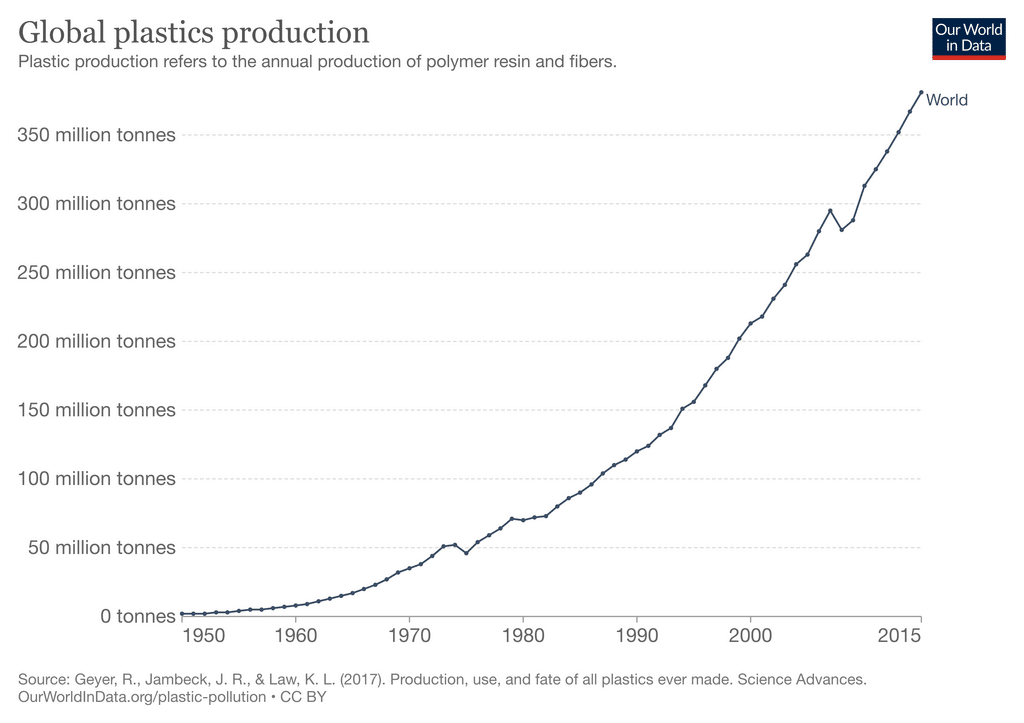
Figure 1: Worldwide Plastic Production, 1950-2015
But food retailers are not the only industry that contributed to the rapid acceleration in plastic and packaging production. Consumer habits changed drastically within the restaurant industry too. The first takeaway options were already available in the 1920s, but it was not until after World War II that consumers started appreciating the convenience of drive-throughs and other take-home options. In America, fast food chains such as In-N-Out Burger and McDonald’s were responsible for the industry’s boom and with the expansion of the transportation industry, delivery options also began expanding around the world. This inevitably led to a massive influx of food packaging solutions that allowed consumers to pick up pre-cooked dishes and consume them elsewhere.
Most of the containers that we have today are single-use, non-compostable, and difficult to degrade because of food contamination. Both the restaurant and retail industries are major contributors of food packaging waste. Finding a balance between food protection and environmental consciousness undoubtedly requires huge efforts. Given the increasing consumer (and manufacturer) awareness of the environmental and health impacts of non-degradable packaging, in recent years the packaging industry has been seriously looking at alternative, more environmentally friendly materials as well as ways to reduce packaging where it is not absolutely necessary. Restaurants, in particular, have seen sustainable packaging options widely expanded to include compostable and recyclable packaging. According to Globe News Wire, the biodegradable packaging market will reach a value of USD$126.85 billion by 2026.
Where Does All the Food Packaging Waste Come From?
Single-use packaging is taking a huge toll on our environment. Almost all food containers we see in grocery stores – typically made of glass, metal, plastic, or paperboard – cannot be reused for their original function, such in the case of aluminium cans and most plastic bags. However, food contamination is a big consideration. Though some types of packaging might be suitable to be reused, some experts have raised hygiene concerns in replacing single-use food service ware with reusable items, both within the food retail and the restaurant industries.
Another big hurdle that companies studying sustainable food packaging alternatives are trying to solve is over-packaging. Nowadays, food retailers tend to encase products in multiple layers. More often than not, food items such as fruit and vegetables are placed on a tray, wrapped in paper or plastic, and then placed into a paperboard box. On top of that, consumers might opt for a plastic bag to carry groceries home, adding to the already huge pile of waste generated from a single trip to the supermarket. Additionally, conventional materials are still extremely widespread worldwide despite a multitude of new sustainable alternatives entering the market every year. A 2021 survey found that over 80% of food packaging examined is not suitable for recycling.
Detail-oriented societies such as Japan – where quality, presentation, and customer satisfaction are particularly valued – are among the biggest culprits in terms of unnecessary packaging and waste generation. The United States alone produces an estimated 42 million metric tons of plastic waste each year – more than any other country in the world. Most of it occurs in grocery shops. A Greenpeace UK report found that every year, seven of the country’s top supermarkets are responsible for generating almost 60 billion pieces of plastic packaging – a staggering 2,000 pieces for each household. And in the European Union, the estimated packaging waste per capita in 2019 was 178.1 kilogrammes (392 pounds), with paper and cardboard making up the bulk of it, followed by plastic and glass.
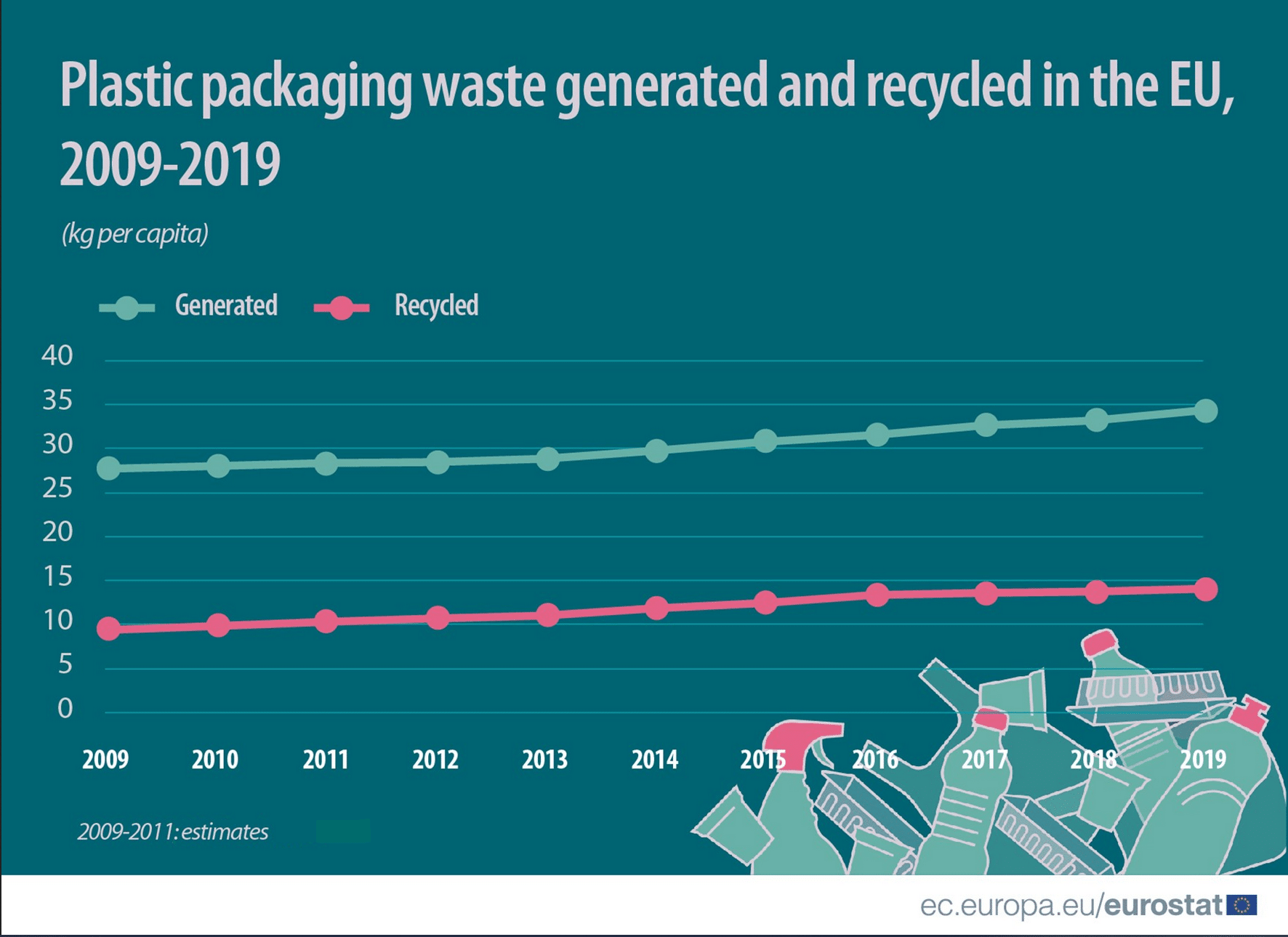
Figure 2: Plastic Packaging Waste in the European Union, 2009-2019
While grocery stores are a major contributor to food packaging waste, the bulk of it is actually made up of waste from meals to go and restaurant delivery services. The takeaway industry is notorious for generating huge amounts of unnecessary waste. Eateries often wrap their food in aluminium or plastic foil or opt for Styrofoam containers, while beverages often come in their own carrier bags. In addition, most takeaway food comes with plastic cutlery, napkins, and straws. All these single-use plastics and packaging make up nearly half of the ocean plastic, a 2021 study found.
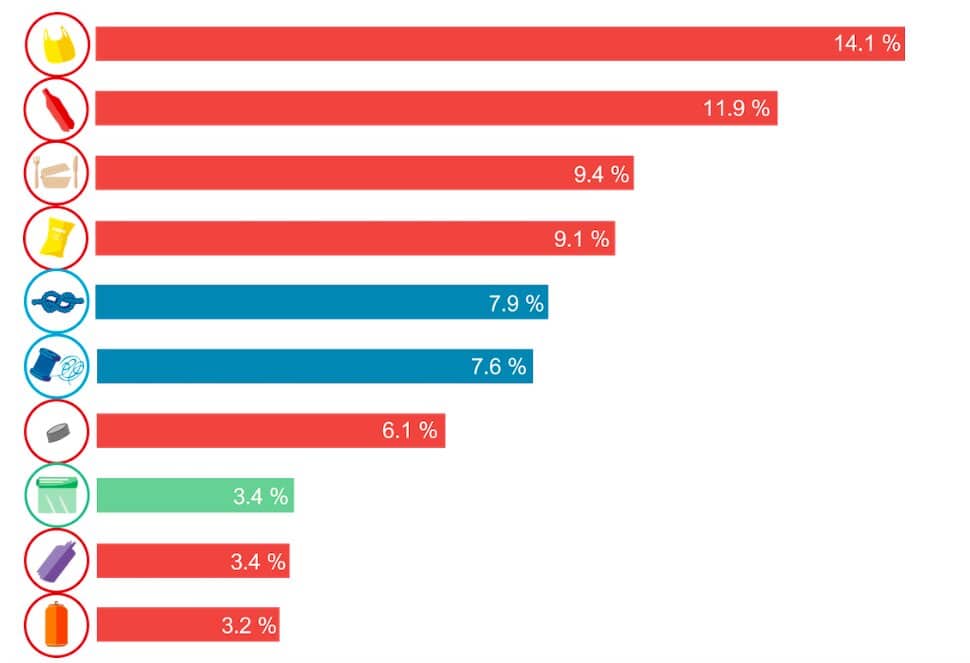
Figure 3: Top 10 Types of Plastic Litter in the Ocean, 2021
Several experts also point out that packaging waste from disposable takeaway containers and cutlery skyrocketed during the Covid-19 pandemic, as restaurants stepped up delivery services during the long months of lockdowns imposed around the world. In Hong Kong – a city with a population of nearly 7.5 million people – the pandemic outbreak in 2020 fuelled the use of more than 100 million disposal plastic items per week as food orders surged 55% compared to 2019 figures. In the US, plastic waste increased by 30% during the pandemic. This extensive increase in plastic consumption has resulted in an estimated 8.4 million tonnes of plastic waste generated from 193 countries since the start of the pandemic, 25,900 tonnes of which – equivalent to more than 2,000 double-decker buses – have leaked into the ocean, according to recent research.
What’s more, the issue with food packaging does not stop with waste generation. To produce plastic food packaging and drink bottles, gases need to be fracked from the ground, transported, and processed industrially, contributing millions of tons of greenhouse gas emissions. A large portion of which is methane, a greenhouse gas that is 25 times as potent as carbon dioxide.
You might also like: Rethinking Sustainable Packaging and Innovation in the Beverage Industry
Comparing Conventional Food Packaging Materials
As we have mentioned before, plastic is by far the most popular food packaging material and yet aluminium, glass, and paper are still widely used. But why is there such a big variety and how do these types of packaging compare to each other?
Plastics
Plastic is not only the most inexpensive and lightweight packaging material on the market, but because of its chemical composition, it can also easily be shaped into different forms and thus accommodate a huge range of food items. While some types of plastic packaging can be reused, styrofoam-like containers – mostly used in restaurants for takeaways and deliveries – are often impossible to recycle because of food contamination. Furthermore, most plastic items are designed for single-use, which makes this material even more problematic.
Furthermore, its production contributes high quantities of pollutants to the environment. For every kilogramme of fossil-based plastic produced, there are between 1.7 and 3.5 kilogrammes of carbon dioxide released into the atmosphere. Plastic production utilises 4% of the world’s total fossil fuel supply, further emitting planet-warming greenhouse gases.
Glass
Glass guarantees protection and insulation for food items from moisture and gases, keeping the product’s strength, aroma, and flavour unchanged. It is also relatively cheap and easily reusable. However, the fact that it is easily breakable, heavy and bulky, and thus costlier to transport, makes it a less favourable alternative to plastics.
Glass containers used in food packaging are often surface-coated to provide lubrication in the production line and eliminate scratching or surface abrasion and line jams. While the coating increases and preserves the strength of the bottle, fossil fuels that drive this process as well as evaporation from the glass itself release polluting particles and CO2 gases into the atmosphere.
Aluminium
Aluminium is a great impermeable and lightweight packaging material, yet it is more expensive, requires hundreds of years to break down in landfills, and is more challenging to recycle than other alternatives because of the chemical processes it undergoes to be laminated, which make material separation an intricate operation.
Aluminium is commonly used to make cans and bags of crisps as well as takeaway items such as trays, plates, and foil paper, but various nonrenewable resources are required to create the material. Its production is the result of mined bauxite that is smelted into alumina through an extremely energy-intensive process that also requires huge amounts of water. Emissions deriving from aluminium production include greenhouse gases, sulfur dioxide, dust, polycyclic aromatic hydrocarbons, and wastewater.
Paper and Paperboard
Despite no longer being the most popular food packaging materials, paper and paperboard are still widespread mainly because of their low cost. However, while there are some great reusable and often biodegradable packaging options, paper containers are nearly impossible to recycle when used to wrap food items. Not only because they lose strength from food condensation, it is also less safe to do so due to food contamination.
Surprisingly, paper requires even more energy to produce than plastic, sometimes up to three times higher. It takes approximately 500 kilowatt-hours of electricity to produce 200kg of paper, the average amount of paper that each of us consumes each year. That is approximately the equivalent of powering one computer continuously for five months. Furthermore, various toxic chemicals like printing inks, bleaching agents, and hydrocarbons are incorporated into the paper during the packaging’s development process. These toxic substances leach into the food chain during paper production, food consumption, and recycling through water discharges.
Innovative Sustainable Food Packaging Alternatives
As we have seen, despite the advantages that make it extremely convenient for food suppliers to use them, some of the most popular food packaging materials are undoubtedly detrimental to the environment. And yet, it is not all bad news.
According to the latest Eco-Friendly Food Packaging Global Market Report, the global sustainable food packaging market is expected to grow from USD$196 billion in 2021 to over USD$210 billion in 2022 and up to USD$280 billion in 2026. Indeed, an increasing number of companies and startups – mostly located in North America – are investing time and resources in the development of alternative packaging materials which are easy to recycle, reuse, compost, or biodegrade and thus have a very minimal environmental footprint.
As is the case in many other sectors, the food industry is undergoing a revolution in terms of finding sustainable solutions to reduce its impact on the environment and meet sustainable consumer demands. Startups and packaging companies have developed incredibly innovative and sustainable solutions to the classic food packaging materials and while they are still used in very small quantities around the world in comparison to glass, plastic, and paper, they have the potential to radically transform the sector.
Some examples include sustainable food packaging made with cornstarch, popcorn, and mushrooms, as well as innovative and biodegradable cutlery, plates, and containers realised with agro-industrial waste such as avocado pits.
EO’s Position: We have all the instruments we need to drastically reduce the detrimental impact of the food packaging industry on the environment. While consumers can do their part by shopping more consciously at grocery stores and bringing reusable containers when getting takeaway food, the situation will not change unless food retailers and restaurants step up the game as well. If we want to cut packaging waste, we need big companies to take the lead and make the necessary switch to more sustainable food packaging alternatives.
